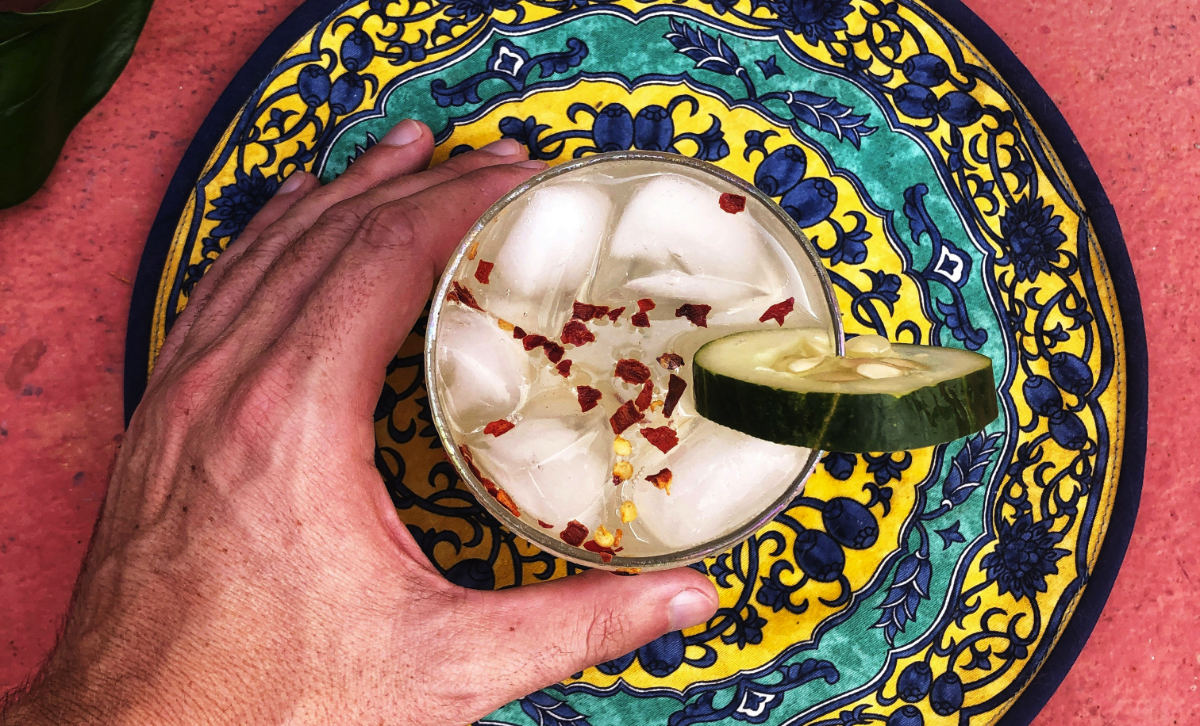
Discovering Mezcal: The Spirit of Mexico
Mezcal, a traditional Mexican spirit, has captured the hearts and palates of enthusiasts worldwide. Known for its rich, smoky flavor and deep cultural roots, mezcal is more than just a drink; it’s an experience.
What is Mezcal?
Mezcal is a distilled alcoholic beverage from the agave plant, native to Mexico. The word “mezcal” comes from the Nahuatl word “mexcalli,” which means “oven-cooked agave.” Unlike tequila, which is a type of mezcal made specifically from blue agave in the region of Tequila, mezcal can be made from a variety of agave species, giving it a diverse range of flavors.
Where is Mezcal Found?
Mezcal is predominantly produced in the Mexican state of Oaxaca, though it is also made in other regions such as Guerrero, Durango, San Luis Potosí, and Zacatecas. Oaxaca is the heartland of mezcal production, home to numerous small distilleries and family-owned operations that maintain traditional production methods.
How is Mezcal Made?
The production of mezcal is an artisanal process that has remained largely unchanged for centuries. Here is a step-by-step outline of how this unique spirit is made:
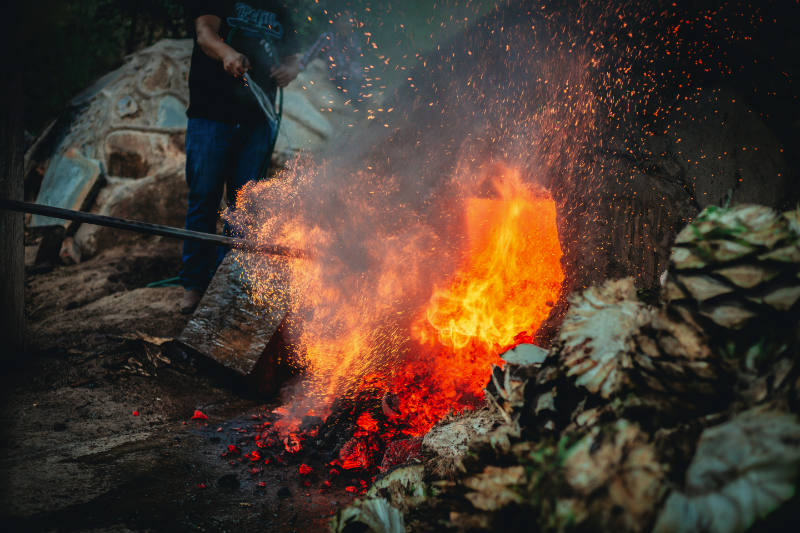
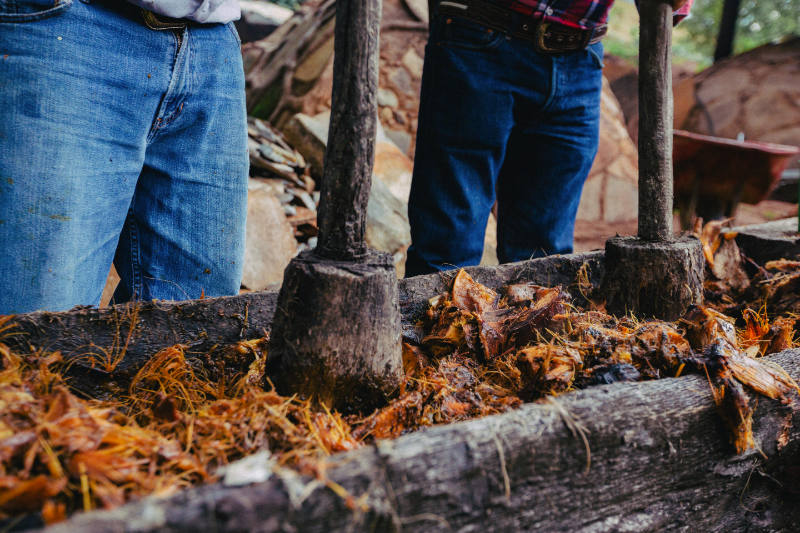
- Harvesting the Agave: The agave plants are harvested once they reach maturity, which can take up to 25 years. The leaves are cut away, leaving the piña (heart of the agave).
- Cooking the Agave: The piñas are roasted in earthen pits lined with hot rocks and covered with agave leaves and soil. This roasting process, which can take several days, imparts mezcal’s distinctive smoky flavor.
- Crushing the Agave: The cooked piñas are crushed to extract their juices. This is often done using a traditional tahona, a large stone wheel pulled by a mule or horse.
- Fermentation: The crushed agave is placed in wooden vats to ferment naturally with wild yeast. This process can take from a few days to a couple of weeks.
- Distillation: The fermented agave is then distilled, usually in copper or clay stills, to produce mezcal. Some mezcals undergo double distillation for a cleaner, more refined taste.
- Aging (Optional): While some mezcals are bottled immediately, others are aged in wooden barrels for varying periods. The aging process can range from a few months to several years, adding complexity and depth to the flavor.
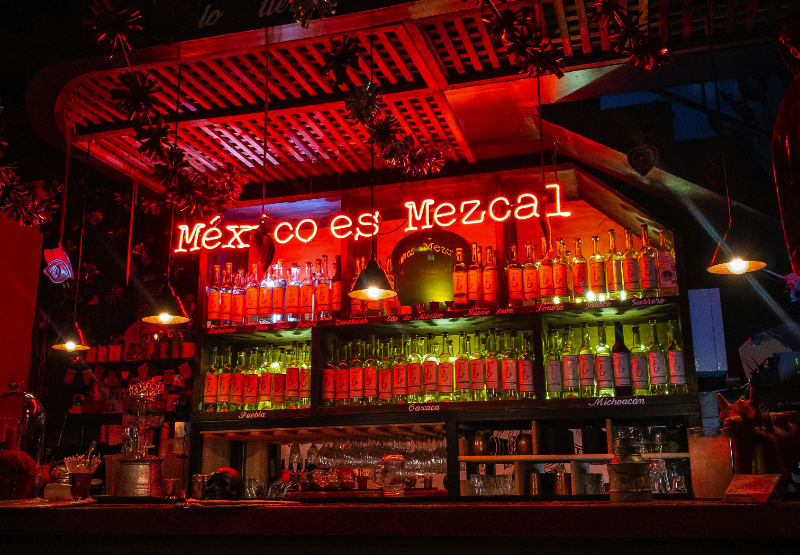
Types of Mezcal
There are several types of mezcal, classified based on their production process and the agave species used. The main types include:
- Blanco or Joven: Unaged mezcal, bottled immediately after distillation. It has a pure, robust flavor.
- Reposado: Aged for a minimum of two months and up to a year in wooden barrels. It has a smoother, more mellow flavor.
- Añejo: Aged for at least one year in barrels, resulting in a rich, complex flavor profile.
- Tobalá, Espadín, and Other Varietals: Mezcal can also be categorized based on the species of agave used. Espadín is the most common, while Tobalá, Tepeztate, and Madrecuixe are among the rarer and more sought-after varietals.
Pairing Mezcal with Food
Mezcal’s versatile flavor profile makes it an excellent companion to various foods. Here are some pairing suggestions to enhance your mezcal experience:
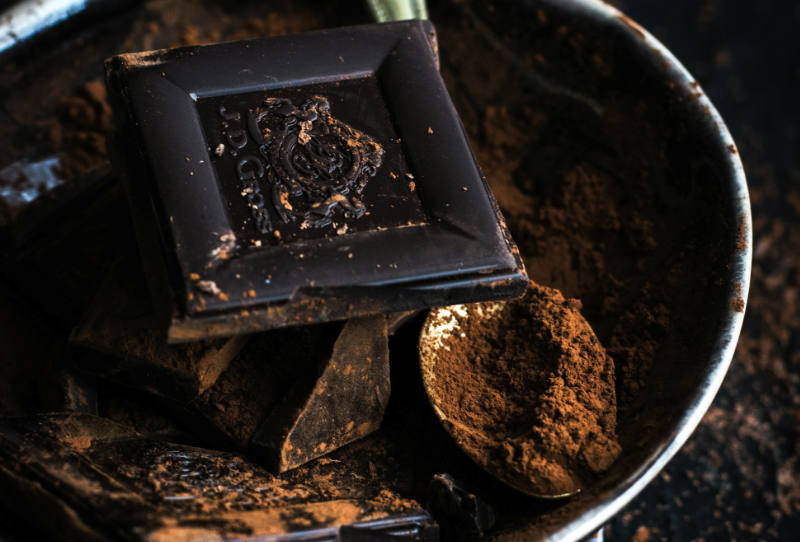
- Cheese: Aged cheeses with strong flavors, such as manchego or gouda, complement mezcal’s smoky notes.
- Chocolate: Dark chocolate with a high cocoa content pairs beautifully with mezcal, especially those with more complex flavor profiles.
- Ceviche: The fresh, tangy flavors of ceviche balance well with the earthy, smoky taste of mezcal.
- Grilled Meats: Mezcal’s robustness stands up to the bold flavors of grilled or smoked meats, such as barbecued ribs or steak.
- Fruits: Fresh fruits like pineapple, mango, and citrus can provide a refreshing contrast to mezcal’s intensity.
Mezcal is a spirit that offers a journey through Mexico’s rich cultural and natural landscape. Whether enjoyed neat, in a cocktail, or paired with food, mezcal provides a unique and memorable experience that celebrates tradition, craftsmanship, and flavor.



